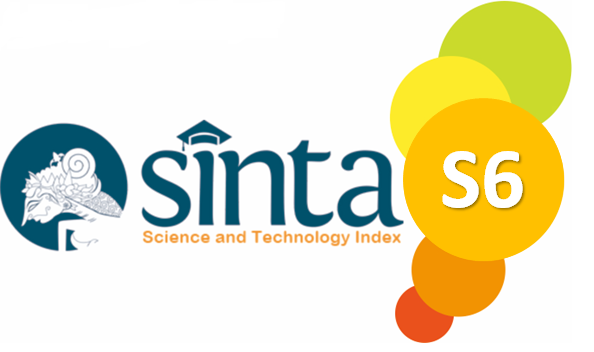ANALISIS PENGENDALIAN PERSEDIAAN BAHAN BAKU PADA KEDAI KOPI KOPINTA DI KOTA TARAKAN
Kata Kunci:
Reorder Point, Safety Stock, Metode Economic Order Quantity, Manajemen PersediaanAbstrak
Abstrak − Manajeman persediaan merupakan salah satu unsur penting dalam proses produksi. Semakin tinggi biaya yang dibutuhkan untuk pengadaan bahan baku, maka semakin tinggi pula biaya produksi. Oleh karena itu dibutuhkan pengendalian bahan baku yang tepat untuk menghindari bertambahnya biaya-biaya persediaan dan memaksimalkan pengelolaan keuangan usaha secara tepat. Tujuan penelitian ini adalah untuk mengetahui pengendalian persediaan bahan baku dan untuk mengetahui perbandingan antara total biaya persediaan bahan baku menggunakan kebijakan di kedai kopi dengan menggunakan metode Economic Order Quantity (EOQ). Selain itu, kedai kopi kopinta juga harus menentukan Reorder Point (ROP) yaitu langkah untuk menentukan kapan kedai kopi kopinta harus melakukan pemesanan kembali dengan memperhatikan jumlah safety stock dan jumlah penggunaan bahan selama lead time. Penelitian ini merupakan peneliian kualitatif dengan pendekatan deskriptif. Teknik pengumpulan data dengan metode studi pustaka dan observasi secara langsung.
Abstract − Inventory management is an important element in the production process. The higher the costs required to procure raw materials, the higher the production costs. Therefore, proper control of raw materials is needed to avoid increasing inventory costs and maximize proper business financial management. The purpose of this research is to determine control of raw material inventory and to determine the comparison between the total cost of raw material inventory using policies in coffee shops using the Economic Order Quantity (EOQ) method. Apart from that, Kopinta coffee shops must also determine the Reorder Point (ROP), which is a step to determine when Kopinta coffee shops must reorder by paying attention to the amount of safety stock and the amount of material used during the lead time. This research is a qualitative research with a descriptive approach. Data collection techniques using library study methods and direct observation.





